I was buying some books to send to my cousin’s preschoolers this week. She lives 2000 miles away, so I haven’t been able to spend a lot of time with her boys. I asked her if they had any favorite authors or series, and as expected she said they both love Mo Willems. And who doesn’t? Even I get excited when I see Elephant and Piggie. But, I also wanted to know if they had any favorite nonfiction books. As expected, they didn’t have many nonfiction books at all. I got right on it and sent them a group of Steve Jenkins’ books about animals (as well as my favorite Mo Willems titles).
While children love learning about dinosaurs, bugs, famous people and flowers, informational texts often take the back seat to fiction. In an article in The Reading Teacher, T. S. Wright (2014) shares some startling statistics. Based on 600 hours of classroom observations, she found that “kindergarten teachers spent 83% of their read-aloud time on fiction.” While that leaves 17% of the teachers’ time for nonfiction texts, a surprising 58.5% of the teachers observed were not included in that data because that 58.5% didn’t read informational texts aloud at all (Wright, 2014)!
P.D. Pearson (2008) points out that well-chosen texts can build knowledge, and research has widely agreed (Marzano, 2004; Tobias, 2010) that there is a strong correlation between background knowledge and vocabulary, and between vocabulary and reading comprehension.
With this in mind, how can we help build that knowledge base in all our students, increasing vocabulary and comprehension? The answer? Text sets!
Last year I participated in the Text Set Project with a group of educators learning about the significance of building and creating text sets.
The premise behind a text set is to build knowledge through increasing text complexity to develop vocabulary and concept awareness, while in turn increasing comprehension. A text set is developed around a concept and includes texts of different media. In addition to books, text sets should include articles, diagrams and video. While the set is targeted to a specific grade level range, the different texts within the set should slightly increase in difficulty by building off the knowledge developed from texts within the set itself.
Text sets are not a specific component of any curriculum. They are a tool and should be used however you want! Think of a classroom library, for example. Teachers can choose to use the books for a variety of purposes: independent reading, mentor texts, guided reading groups or read alouds. There is no one way to use a book, and there is no one way to use a text set.
You can use them during independent reading, to support content study, small group work or you can designate a special “text set” time if you have built a large enough collection of diverse sets.
Upper Elementary Science Text Set on Volcanoes
Let’s dissect this upper elementary science text set on volcanoes. Keep in mind, earlier texts must support, or provide background for, later texts. For this set on volcanoes, I would place the three books and photographs along with the directions for accessing the digital resources in a bag/box/bin along with the list of each item in the order they are to be read. You can also include graphic organizers or writing prompts if you want to increase accountability. Remember, the purpose is to increase knowledge and vocabulary, so question and answer worksheets should NOT be included.
This example would include the following resources:
1. Color copies of the four pictures sub-labeled in order: A, B, C and D.
A.  |
B. 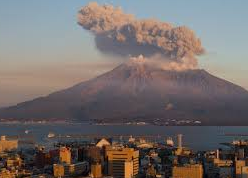 |
C. 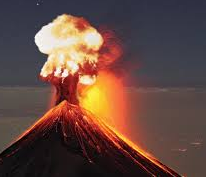 |
D.  |
Students can use deductive reasoning and explain the concept of a volcano after viewing the pictures. Students in a group can each contribute and share ideas on what they see and how they interpret the photographs.
2. This diagram has labels to introduce students to vocabulary in relationship to the photographs in step one.
3. This website builds upon the diagram, elaborating on the terminology.
Repetitive use of the vocabulary is important for students to retain and apply it.
4. On this website, vocabulary is defined more specifically along with additional diagrams.
5. This short video clip expands on the vocabulary and is told by kids for kids.
6. Volcanoes by William B. Rice (Grades 1-6, Level O, Lexile 610)
This informational text has text features, diagrams and photographs. Concepts are elaborated on, and text features make it easy to return to certain topics and vocabulary.
7. Volcanoes by Elaine Landau (Grades 3-5, Level R)
Volcanoes under water, the Ring of Fire and discovery through robots will deepen students’ schemas of volcanoes. Text features and more complex vocabulary are included.
8. Volcanoes by Seymour Simon (Grades 2-5, Lexile: 880)
While this text is not more complex than the others listed here, it is more holistic and complete. All the individual pieces come together with beautiful photographs, typical of Seymour Simon books.
9. To discover the intended message, of this video, the viewer must have a substantial amount of background knowledge.
It contains very little text and no spoken words, yet the music combines with the beautiful videography and production to show the inside of the earth and realistic effects of an erupting volcano.
Text sets are not difficult to make. Try creating one a week, or maybe two a month, and watch your collection grow. The information learned within a text set will triumph over the information and amount of information found in a basal science (or social studies) text book chapter. Students’ enthusiasm for these sets will keep you motivated to continue creating them. If your classroom library doesn’t have the books that you need, use the school library. Instead of adding the books in a bag, add the title, author and location to the list with a picture of the cover. I bet your school librarian will join in and be enthusiastic about building them, as well.
I’m sold on the idea. I love that students can choose their topics and show their enthusiasm about the information they read. This can help inspire their classmates to make that particular set their next go to! The research is there to back it up, and just think of the content standards and literacy standards that are being met as well. Pretty soon, your students will be able to create them on their own! Now that is a successful learning experience!
Resources
Duke, N. K., & Pearson, P. D. (2008). Effective practices for developing reading comprehension. Journal of education, 107-122.
Marzano, R. J. (2004). Building background knowledge for academic achievement: Research on what works in schools. Ascd
Quinn, J. M., Wagner, R. K., Petscher, Y., & Lopez, D. (2015). Developmental relations between vocabulary knowledge and reading comprehension: A latent change score modeling study. Child development, 86(1), 159-175.
Tobias, S. (2010). Generative Learning Theory, Paradigm Shifts, and Constructivism in Educational Psychology: A Tribute to Merl Wittrock. Educational Psychologist, 45(1), 51-54.
Wright, T. S. (2014). From Potential to Reality: Content-Rich Vocabulary and Informational Text. The Reading Teacher, 67(5), 359-367.


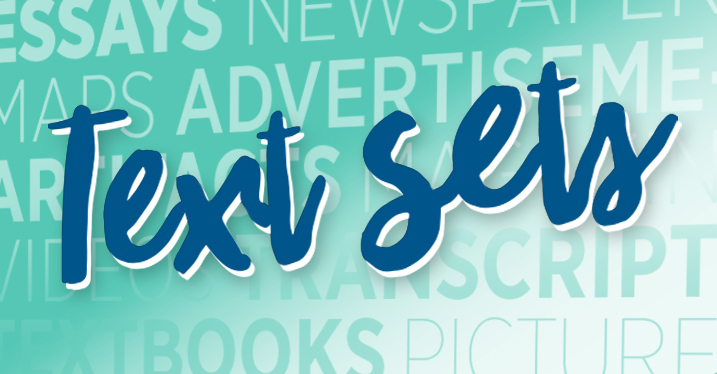




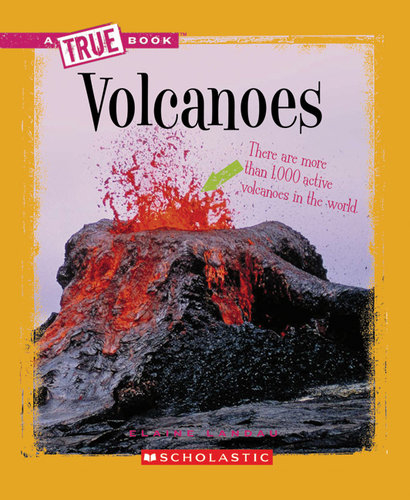



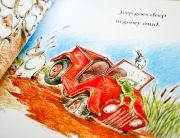
I would like to hear more about the Text Set Project. I explored acheivethecore.com and liked what I saw!